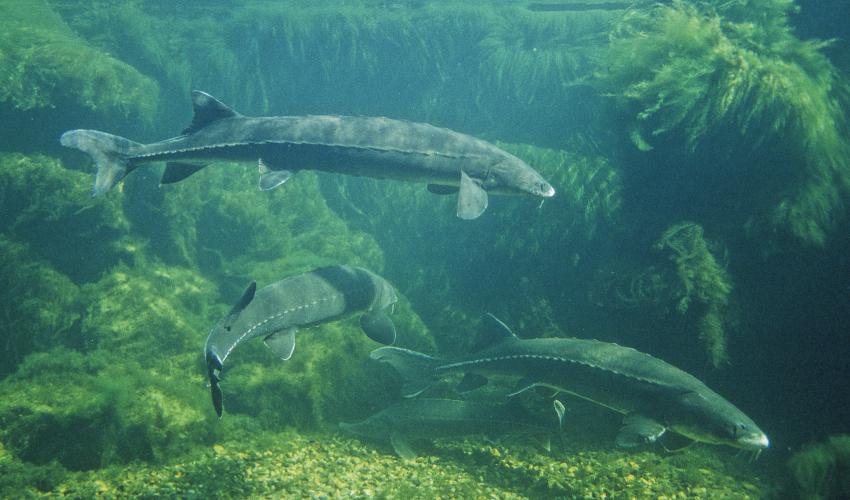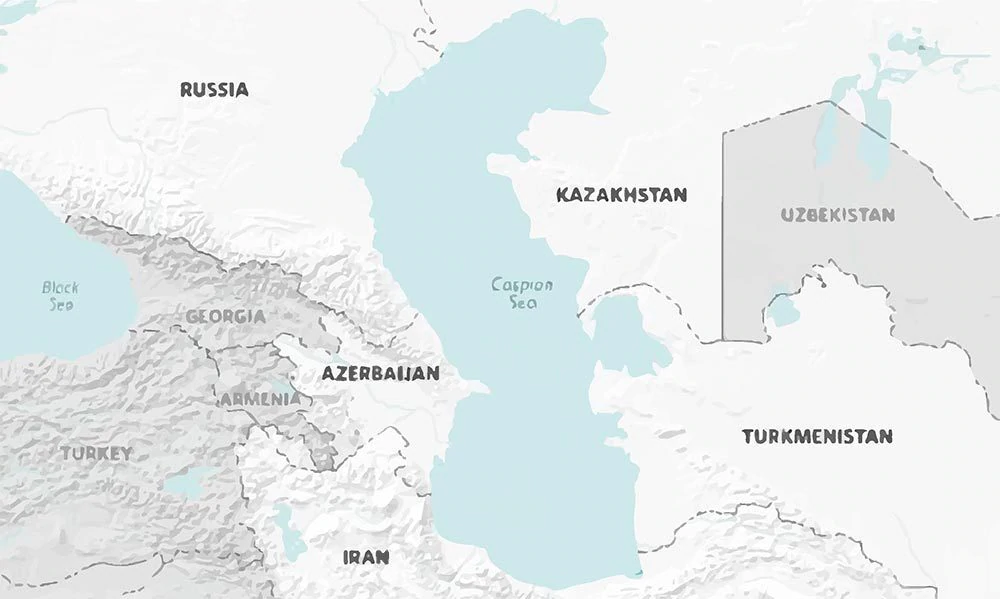This is a demo store. No orders will be fulfilled.
Sturgeon 'Critically Endangered' | Conservation vs Caviar

Sturgeon are the most Critically Endangered group of species in the world. They shared the planet with dinosaurs but, relatively recently, humans have not been so good at sharing the planet. 85% of sturgeon, one of the oldest families of fish in existence, valued around the world for their precious roe and consequent caviar, are at risk of extinction, making them the most threatened group of animals on the IUCN Red List of Threatened Species™.
